Interactive Supply Chain
- SALT Tuna Introduction
- Harvesting Section
- At-Sea Transshipment Section
- Landing/Offloading -Transfer of catch at port Section
- Sales/Mid-Chain Companies Section
- Processing & Export Section
- Transport/Distribution to Import Section
Interactive Tuna Supply Chain
Tuna is typically harvested on the high seas where monitoring and regulatory enforcement are weak. Also, at-sea transshipment practices, common in high seas tuna fisheries, allow fishing vessels to spend extended periods away from ports. These conditions are especially prevalent in distant water fishing vessels, where illegal fishing and human rights and labor abuses can occur with impunity. Transparent, data-rich fisheries coupled with electronic monitoring and enforcement lead to more efficient and sustainable seafood supply chains.
To visualize the complexities within a seafood supply chain, SALT created an interactive Tuna Supply Chain. It highlights the most important events where data transfers occur as the seafood moves from where it is harvested to where it is sold. The following graphic illustrates six supply chain steps that show a “good” versus “bad” path, where illegal fish may be mixed in with legal fish.
Each step has a clickable toolbar of icons to help users understand: the risks at each node of product transfer; key data elements (KDEs) collected electronically to increase the transparency of seafood products (and reduce risk); questions that seafood buyers can ask to better understand seafood’s origin; and additional resources that focus on sustainable and socially responsible tuna supply chains.
























